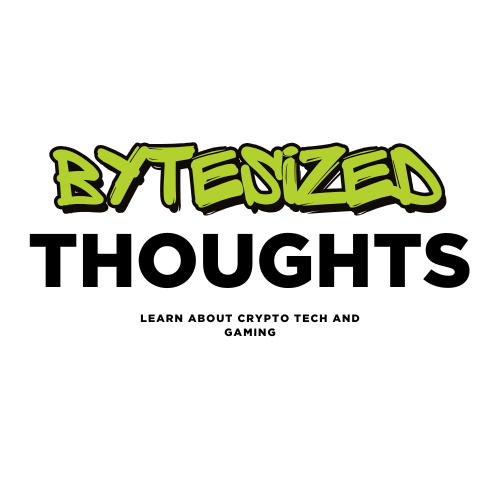How to Create an SSH Key and Why It's So Important

In the world of software development and server management, security is everything. If you've ever worked with servers, version control systems, or remote repositories, you've probably heard about SSH keys. These keys are an essential part of keeping your data secure. In this blog post, we'll explore what SSH keys are, why they're important, and how you can create one yourself.
What Is an SSH Key?
An SSH (Secure Shell) key is a type of cryptographic key that provides a secure way of authenticating with remote servers. Instead of using traditional passwords, SSH keys allow for password-less login, making it easier and safer to connect to servers or manage Git repositories.
SSH keys come in pairs: a public key and a private key. The public key is shared with the server or service, while the private key remains securely on your machine. When you try to connect, the server checks whether the private key matches the authorized public key, allowing a seamless and secure connection.
Why Is It Important to Use SSH Keys?
- Stronger Security: Passwords can be weak or reused, making them vulnerable to brute-force attacks. SSH keys are far more secure due to their complex cryptographic nature, making it nearly impossible for attackers to guess or replicate.
- Convenience: SSH keys offer a password-less login experience, which is convenient for developers or system administrators who frequently need to connect to remote servers.
- Automation: When you're setting up automation scripts or continuous deployment workflows, SSH keys make it easier to authenticate without manual intervention.
How to Create an SSH Key
Creating an SSH key is easy and only takes a few minutes. Here are the steps to create an SSH key on a Unix-based system like Linux or macOS.
Step 1: Open Your Terminal
Start by opening your terminal or command line interface. On Windows, you can use a terminal application like Git Bash or PowerShell.
Step 2: Generate the SSH Key Pair
Run the following command to generate a new SSH key pair:
ssh-keygen -t rsa -b 4096 -C "your_email@example.com"
Here's what each part of the command means:
ssh-keygen: The command to generate SSH keys.-t rsa: Specifies the key type. RSA is commonly used.-b 4096: Specifies the number of bits for the key length. A higher number means better security, and 4096 bits is a good balance between security and performance.-C "your_email@example.com": This adds a label (usually your email) to help identify the key.
Step 3: Save the Key Pair
You'll be prompted to specify a location to save the key pair. You can press Enter to accept the default location (~/.ssh/id_rsa).
You may also be asked to set a passphrase. This passphrase adds an extra layer of security in case someone gets a hold of your private key file.
Step 4: Add Your SSH Key to the SSH Agent
The next step is to add your new key to the SSH agent, which manages your keys while you’re working.
Run the following commands:
eval "$(ssh-agent -s)"
ssh-add ~/.ssh/id_rsa
Step 5: Add the SSH Key to Your Remote Service
If you’re using this SSH key for GitHub, GitLab, or a similar service, you need to add your public key to your account.
You can display your public key by running:
cat ~/.ssh/id_rsa.pub
Copy the output and add it to your GitHub or GitLab settings under SSH Keys.
Using Your SSH Key
Now that you’ve created your SSH key and added it to your remote service, you can use it to connect to servers or repositories securely without a password. Whether you’re pushing code to GitHub, pulling from a private GitLab repo, or connecting to a remote server, SSH keys will make your workflow smoother and more secure.
Best Practices for SSH Keys
- Keep Your Private Key Safe: Never share your private key with anyone. It’s like the key to your house, and whoever has it can gain access.
- Use a Passphrase: Adding a passphrase makes your SSH key even more secure, especially if someone gains access to your computer.
- Rotate Keys Periodically: Changing your keys regularly can minimize potential risks in case a key gets compromised.
Conclusion
SSH keys are a must-have for anyone working with remote servers or version control systems. They provide an added layer of security while making the process of logging in convenient and seamless. By following the simple steps above, you can create your own SSH keys and enhance your security today.
If you haven't yet, take a few minutes to set up an SSH key—it's a small step that goes a long way in keeping your digital work safe and secure.
